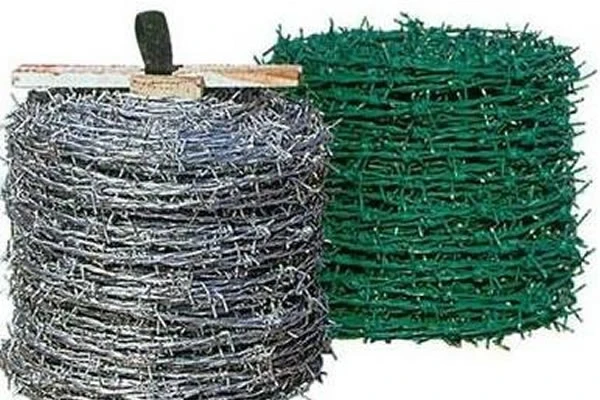 TEL:
+86-13102802206
TEL:
+86-13102802206
 Email:
fencenetting@china.com
Email:
fencenetting@china.com
 Language
Language
 TEL:
+86-13102802206
TEL:
+86-13102802206
 Email:
fencenetting@china.com
Email:
fencenetting@china.com
 Language
Language


Understanding Barbed Wire Fence Costs per Foot
When it comes to fencing, barbed wire remains one of the most popular and effective choices for both agricultural and security needs. It is an exceptional solution for defining boundaries, keeping livestock in, and deterring trespassers. Understanding the cost of barbed wire fencing per foot is crucial for anyone considering installing this type of fence. This article will delve into various factors that influence the price of barbed wire fencing while providing insights into its benefits and installation process.
1. Cost Breakdown
The cost of barbed wire fencing can vary widely depending on several factors, including the type of wire, the gauge, the number of strands, and the purchase location. On average, barbed wire costs between $0.10 to $0.50 per foot, with commercial-grade options possibly running higher.
- Wire Type Barbed wire comes in different grades, with galvanized wire being the most common due to its longevity and resistance to rust. Higher-quality wires typically have a higher upfront cost but can save money over time due to their durability.
- Gauge The gauge of the wire refers to its thickness. A lower gauge number signifies a thicker wire, which is often more expensive but offers better strength and durability. While a 12.5-gauge wire is commonly used for farm fencing, a 14-gauge wire might be sufficient for smaller properties or temporary fencing.
- Number of Strands The more strands of barbed wire used, the higher the cost. Most barbed wire fences feature two to five strands. A standard fence with three strands will be more costly than a fence with just one strand but provides greater security.
2. Installation Costs
In addition to the cost of the barbed wire itself, installation is another significant factor. If you opt for a DIY approach, the expense is primarily just the materials, which can save you money. However, if you choose to hire professionals, installation costs can range from $1 to $3 per foot, depending on the complexity of the job and local labor rates.
- Tools Needed Common tools required for installation include post drivers, wire stretchers, and fencing pliers. If you don’t have these tools, you might need to rent or purchase them, adding to the overall cost.

- Terrain and Location The type of land where the fence is being installed can influence installation costs. Rocky or uneven terrain presents challenges that may require more labor and time, thereby increasing the overall expense.
3. Benefits of Barbed Wire Fencing
Investing in barbed wire fencing offers numerous benefits that can justify its costs
- Durability Barbed wire is designed to withstand harsh weather conditions and requires minimal maintenance. A well-installed barbed wire fence can last for decades, making it a cost-effective solution in the long run.
- Security The sharp barbs deter both animals and potential intruders, making it an excellent choice for farms, ranches, and properties that require a higher level of security.
- Livestock Management Farmers often use barbed wire to contain livestock, as it is effective in preventing cows, sheep, and other animals from escaping.
- Versatility Barbed wire fencing can be adapted for various applications, including agricultural use, commercial properties, and even residential areas seeking added security.
4. Conclusion
When planning to install a barbed wire fence, understanding the costs involved per foot can help you budget effectively. While the price of materials can vary based on type, gauge, and features, it is essential to consider both material and installation costs. The long-term benefits of durability, security, and effective livestock management make barbed wire fencing a wise choice for many property owners. Before making a purchase, be sure to obtain quotes from multiple suppliers and consider different installation options, whether DIY or professional, to ensure you get the best value for your investment.